Lifestyle
Illustrator Lili Chin’s ‘Dogs of the World’ looks at 600 kinds of dogs
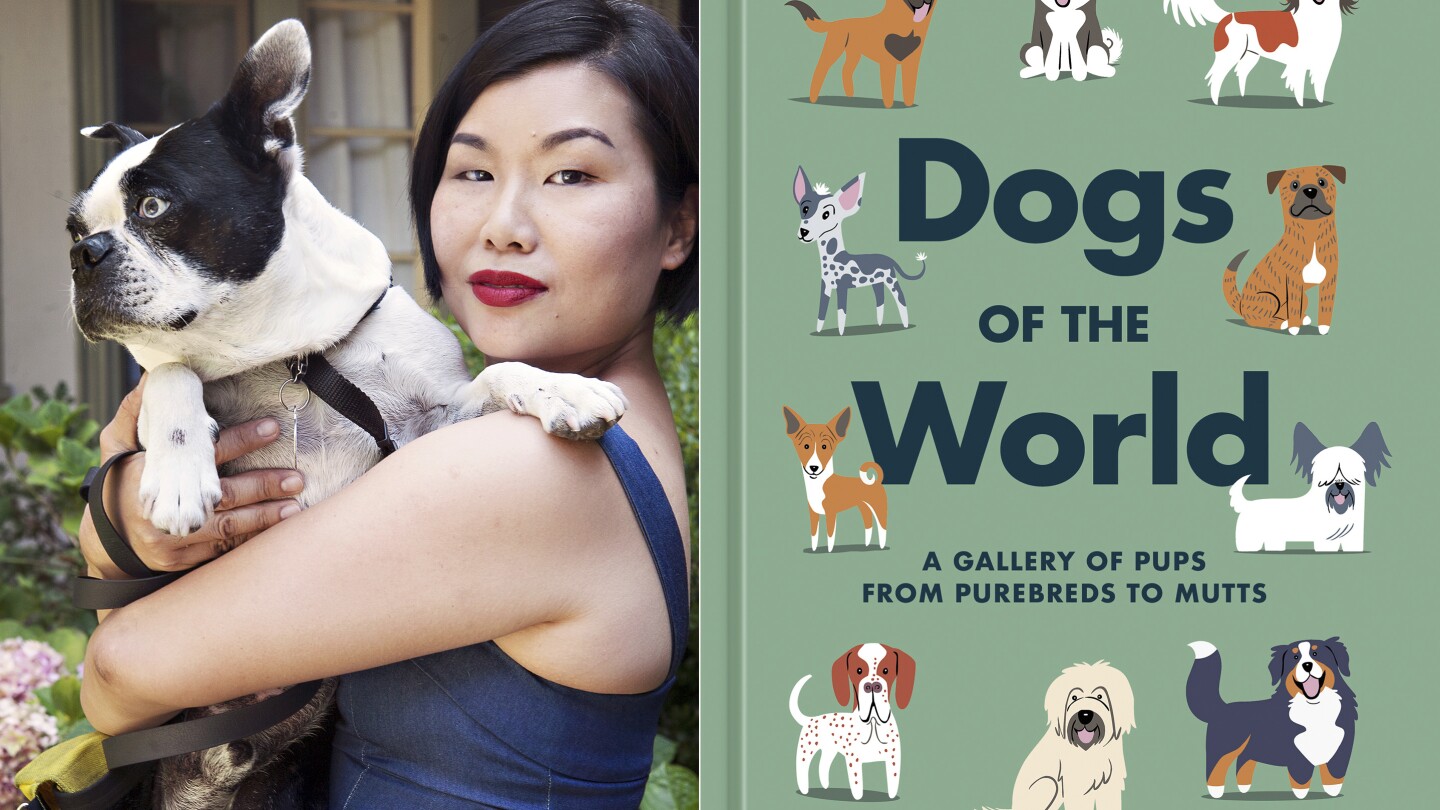
Illustrator Lili Chin became fascinated with dog behavior in 2008 after her Boston terrier, Boogie, bit their landlord and they almost got evicted.
Ordered by her landlord to get training for Boogie or else, Chin sought out animal behaviorists. Soon, she was using her drawing skills to collaborate with them on posters and pamphlets aimed at helping pet parents better understand their dogs and cats by reading their body language.
That ultimately led Chin to write the books “Doggie Language” (2020) and “Kitty Language” (2023). With whimsical illustrations that drew on her animation experience, she interpreted signs of distress, irritation, content or excitement in body movements such as a wagging tail or flattened ears.
The books have proved so popular that some pet trainers recommend them to clients to help make sense of a pet’s difficult behavior. Chin offers free downloads of certain infographics for noncommercial use.
Coming out this week, Chin’s third book, “Dogs of the World: A Gallery of Pups from Purebreds to Mutts,” is an ambitious attempt to introduce and illustrate every type of dog around the globe — more than 600 by her count.
It is one in a slew of new books about pets, many with charming illustrations that make them especially accessible. The recent “Medieval Cats,” for instance, by Catherine Nappington, features funny cat poems, sayings and drawings from the Middle Ages. “Ursula K. Le Guin’s Book of Cats,” due out this fall, pulls together poems, musings and sketches by the science fiction writer, who died in 2018.
Speaking by phone from Los Angeles, where she lives with her husband and two cats, Mambo and Shimmy, Chin said “Dogs of the World” was her most daunting project yet.
“I’m counting on pet owners to be interested and would be happy to get non-pet owners interested as well,” she said. “Even if we don’t have a dog, we are in contact with them all the time. People looking to adopt can also learn a lot.”
A survey of the world’s pups
Chin starts with drawings of nearly 400 officially recognized breeds, including better-known ones like golden retrievers, border collies, German shepherds, various terriers and poodles.
She also introduces readers to more obscure breeds: Venezuela’s official dog, the large, rugged Mucuchies; Lapponian herders; muscular white Rajapalayam, or ghost hounds, from southern India; Thai ridgebacks that are hard to find outside of Thailand; hairless Peruvian Inca orchids.
And she describes other groupings of dogs, such as those that live in communities without a specific person caring for them. She argues that these dogs are not strays because the communities watch over them, often feeding them and even giving them names.
Those community animals include so-called “rez dogs” that roam the tribal reservations in the U.S., free-ranging street dogs that live inside the Moscow metro and have learned to ride the trains, and various kinds of Asian, North African and European village dogs.
Chin mentions the dogs of Chernobyl that barely survived after the 1986 disaster because they were fed by workers visiting the exclusion zone. She even illustrates dingos from her native Australia, and the New Guinea singing dog from Papua New Guinea, a primitive local breed that lives in nearly feral conditions in highland forests.
Communication between humans and their companions
Animal behavior consultant Emily Strong, who Chin consulted on “Dogs of the World,” praised “her ability to pack an impressive amount of information into a few succinct words and simple but beautiful illustrations — making complex topics easily digestible.”
“She has such an incredible way of clearly communicating body language signals through illustration,” said Strong.
One of Chin’s earliest illustration clients was the late Dr. Sophia Yin, a veterinarian and renowned animal behaviorist who developed a training method known as “low stress handling” to reduce fear, anxiety and stress in pet patients.
Through Yin and other behaviorists, Chin said, she came to embrace training methods that focus on food rewards and reject ideas around dominance, correction and punitive methods.
“There is so much misinformation and so many enduring myths around dog behavior and dog breeds,” Chin said. “What I hope my work does is help offer clarity on these topics.”
___
Anita Snow, a former Associated Press staff writer and editor, lives in Tucson, Arizona, and has a German shepherd-husky mix, Shelby. Her work can be seen at anitasnow.com.
___
For more AP stories about pets, go to https://apnews.com/hub/pets.
Lifestyle
The 250th anniversary of the Battles of Lexington and Concord opens debate over US independence
NEW YORK (AP) — The American Revolution began 250 years ago, in a blast of gunshot and a trail of colonial spin.
Starting with Saturday’s anniversary of the Battles of Lexington and Concord, the country will look back to its war of independence and ask where its legacy stands today.
The semiquincentennial comes as President Donald Trump, the scholarly community and others divide over whether to have a yearlong party leading up to July 4, 2026, as Trump has called for, or to balance any celebrations with questions about women, the enslaved and Indigenous people and what their stories reveal.
The history of Lexington and Concord in Massachusetts is half-known, the myth deeply rooted.
What exactly happened at Lexington and Concord?
Reenactors may with confidence tell us that hundreds of British troops marched from Boston in the early morning of April 19, 1775, and gathered about 14 miles (22.5 kilometers) northwest on Lexington’s town green.
Firsthand witnesses remembered some British officers yelled, “Thrown down your arms, ye villains, ye rebels!” and that amid the chaos a shot was heard, followed by “scattered fire” from the British. The battle turned so fierce that the area reeked of burning powder. By day’s end, the fighting had continued around 7 miles (11 kilometers) west to Concord and some 250 British and 95 colonists were killed or wounded.
But no one has learned who fired first, or why. And the revolution itself was initially less a revolution than a demand for better terms.
Woody Holton, a professor of early American history at the University of South Carolina, says most scholars agree the rebels of April 1775 weren’t looking to leave the empire, but to repair their relationship with King George III and go back to the days preceding the Stamp Act, the Tea Act and other disputes of the previous decade.
“The colonists only wanted to turn back the clock to 1763,” he said.
Stacy Schiff, a Pulitzer Prize winning historian whose books include biographies of Benjamin Franklin and Samuel Adams, said Lexington and Concord “galvanized opinion precisely as the Massachusetts men hoped it would, though still it would be a long road to a vote for independence, which Adams felt should have been declared on 20 April 1775.”
But at the time, Schiff added, “It did not seem possible that a mother country and her colony had actually come to blows.”
A fight for the ages
The rebels had already believed their cause greater than a disagreement between subjects and rulers. Well before the turning points of 1776, before the Declaration of Independence or Thomas Paine’s boast that “We have it in our power to begin the world over again,” they cast themselves in a drama for the ages.
The so-called Suffolk Resolves of 1774, drafted by civic leaders of Suffolk County, Massachusetts, prayed for a life “unfettered by power, unclogged with shackles,” a fight that would determine the “fate of this new world, and of unborn millions.”
The revolution was an ongoing story of surprise and improvisation. Military historian Rick Atkinson, whose “The Fate of the Day” is the second of a planned trilogy on the war, called Lexington and Concord “a clear win for the home team,” if only because the British hadn’t expected such impassioned resistance from the colony’s militia.
The British, ever underestimating those whom King George regarded as a “deluded and unhappy multitude,” would be knocked back again when the rebels promptly framed and transmitted a narrative blaming the royal forces.
“Once shots were fired in Lexington, Samuel Adams and Joseph Warren did all in their power to collect statements from witnesses and to circulate them quickly; it was essential that the colonies, and the world, understand who had fired first,” Schiff said. “Adams was convinced that the Lexington skirmish would be ‘famed in the history of this country.’ He knocked himself out to make clear who the aggressors had been.”
A country still in progress
Neither side imagined a war lasting eight years, or had confidence in what kind of country would be born out of it. The founders united in their quest for self-government but differed how to actually govern, and whether self-government could even last.
Americans have never stopped debating the balance of powers, the rules of enfranchisement or how widely to apply the exhortation, “All men are created equal.”
“I think it’s important to remember that the language of the founders was aspirational. The idea that it was self-evident all men were created equal was preposterous at a time when hundreds of thousands were enslaved,” said Atkinson, who cites the 20th-century poet Archibald MacLeish’s contention that “democracy is never a thing done.”
“I don’t think the founders had any sense of a country that some day would have 330 million people,” Atkinson said. “Our country is an unfinished project and likely always will be.”
Lifestyle
Sweets from the sky! A helicopter marshmallow drop thrills kids in suburban Detroit
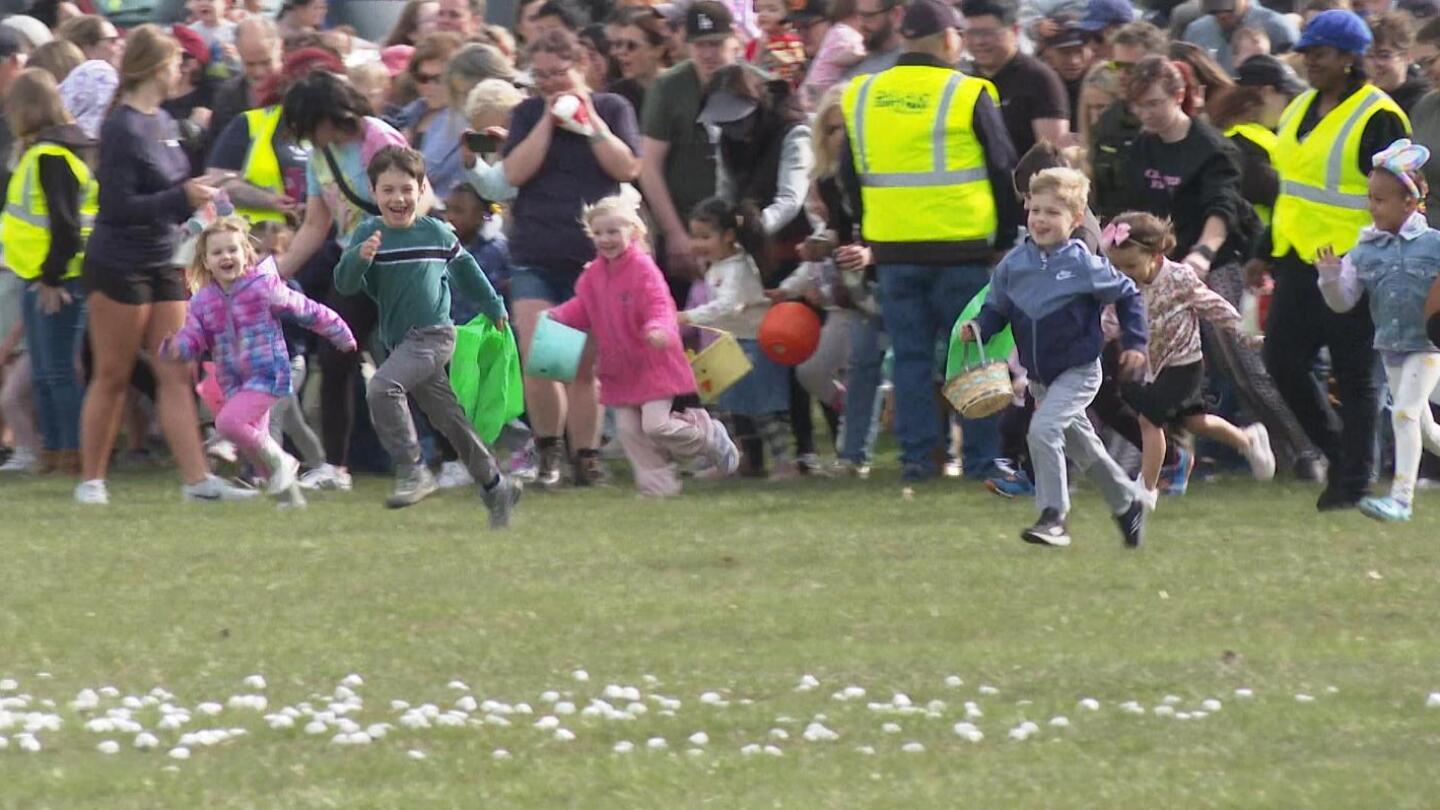
ROYAL OAK, Mich. (AP) — It’s spring in Detroit — warm weather, a few clouds, and a 100% chance of marshmallow downpours.
The source? A helicopter zooming above the green lawn of Worden Park on Friday, unloading sack-fulls of fluffy treats for hundreds of kids waiting eagerly below, some clutching colorful baskets or wearing rabbit ears.
The children cheered and pointed as the helicopter clattered by on its way to the drop zone. Volunteers in yellow vests made sure kids didn’t rush in and start grabbing marshmallows until after the deluge was complete.
For anyone worried about hygiene, don’t fret. The annual Great Marshmallow Drop isn’t about eating the marshmallows — kids could exchange them for a prize bag that included a water park pass and a kite.
The marshmallow drop has been held for over three decades in the Detroit suburb of Royal Oak, Michigan, hosted by Oakland County Parks.
One toddler, Georgia Mason, had no difficulty procuring a marshmallow at her first drop, her dad Matt said.
“Probably the most exciting part was seeing the helicopters. But once we saw the marshmallows drop, we got really excited,” Matt Mason said.
“And, yeah, we joined the melee,” he said, “We managed to get one pretty easy.”
Organizers said 15,000 marshmallows were dropped in all.
The helicopter made four passes, dropping marshmallows for kids in three age categories: 4-year-olds and younger, 5-7-year-olds, and those ages 8 to 12. A drop for kids of all ages with disabilities came later in the day.
“We do it because it’s great for community engagement,” Oakland County recreation program supervisor Melissa Nawrocki said.
“The kids love it,” she continued. “The looks on their faces as they’re picking up their marshmallow and turning in the marshmallow for prizes is great.”
Lifestyle
AP report: Superman comics have religious and moral themes
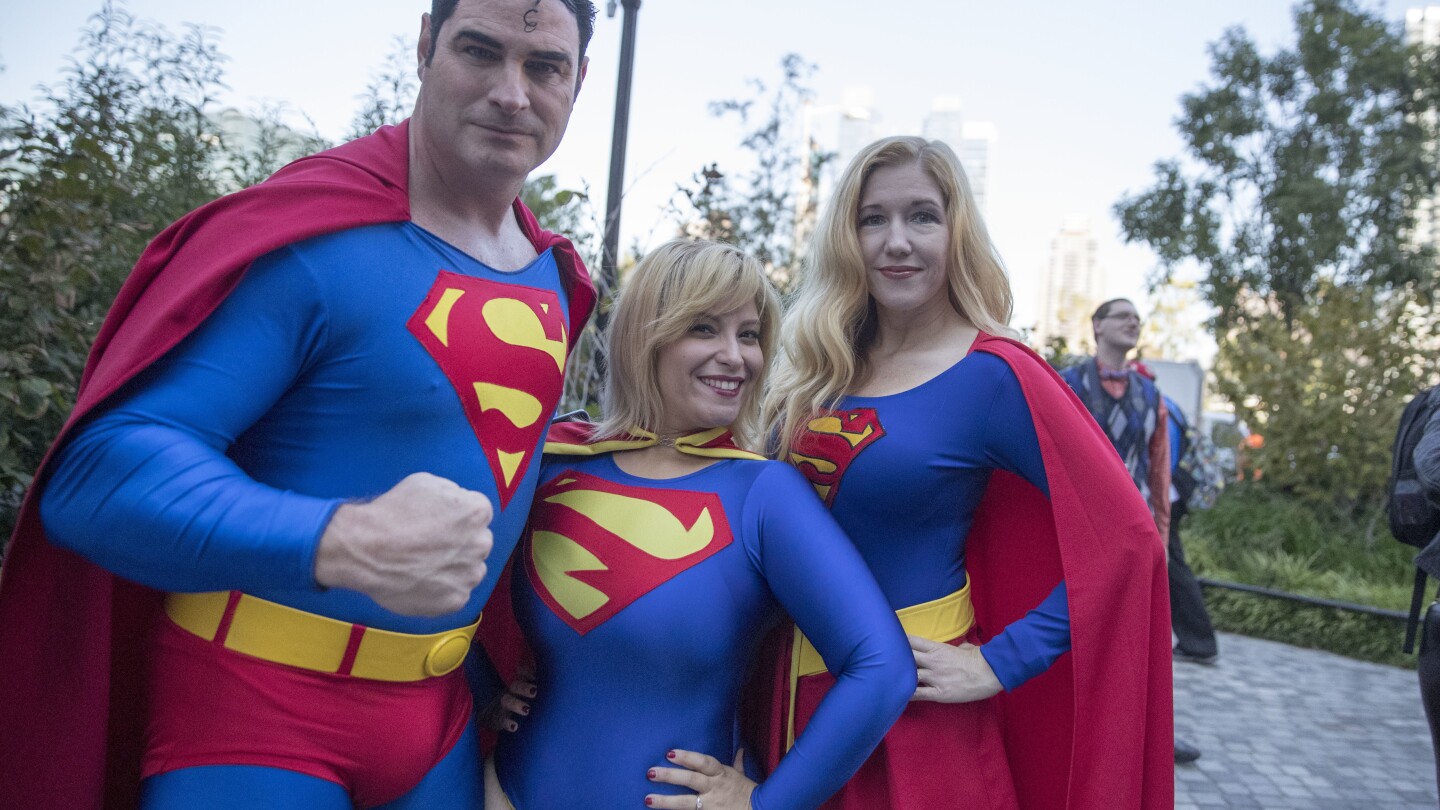
Superman comics are not overtly religious. Yet faith and morality have been baked into this superhero character who was born Kryptonian, raised Methodist and created by two young Jewish men in 1930s Cleveland.
Superman’s character has been portrayed in the mold of Christ and Moses given how he constantly upholds the ideals of self-sacrifice, powerful leadership and compassion. While scholars, comic book writers and fans alike are struck by the religious undertones in Superman comics, they all agree that what sets Superman apart is his ability to bring hope in a hopeless world.
Superman Day and the ‘Superman’ summer movie release
Friday (April 18) marks the 87th anniversary of the original superhero’s birth. It also is the date Superman made his debut in an Action Comics issue.
There is much excitement in the Superman fanverse this year because of the much-anticipated ‘Superman’ movie directed by James Gunn, starring David Corenswet, the first Jewish actor to play Superman in a major film.
On his Instagram page on April 18, 2024, Gunn shared a photo of himself, Corenswet and Rachel Brosnahan who plays Lois Lane in the upcoming film, reading among several comic books, a reproduction of Action Comics #1 — the very first one featuring the Man of Steel.
In his Instagram post, Gunn also paid tribute to the superhero, saying: “He gave us someone to believe in, not because of his great physical power, but because of his character and determination to do right no matter what.”
Gunn’s film promises a return to a version of a vulnerable Superman who is rooted in values espoused by most faiths — goodness, compassion and hope.
Superman’s Jewish roots
Samantha Baskind, professor of art history at Cleveland State University, is Jewish and sees numerous parallels between Superman’s origin story and the history of Jews.
She says Superman’s solitary flight from Krypton in a small spacecraft is reminiscent of how Moses’ mother placed him in a papyrus basket and left him on the Nile, seeing it as his best chance of survival.
Some also compare Superman’s backstory to the Kindertransport, she said, referring to a humanitarian rescue program that transported nearly 10,000 children, mostly Jewish, from Nazi-controlled territories to Great Britain in 1938 and 1939. In Superman’s Kryptonian name, Kal-El, chosen by his original Jewish creators Jerry Siegel and Joe Shuster, the “El” in Hebrew connotes God.
“There’s also the thinking that Siegel and Shuster created Superman because they were these two, skinny, young Jewish men who couldn’t go out and fight Hitler, but Superman fought Nazis on the cover of their comic books,” Baskind said.
In some early editions, Superman held Hitler by his Nazi uniform as he begged for mercy.
Strong appeal to diverse groups
Superman is relatable to diverse populations regardless of religion, race or ethnicity.
Gene Luen Yang, who has written several Superman comics, sees his own experience as a Chinese American mirrored in Superman’s story — caught between two worlds and two cultures. Yang says he had one name at home and another at school, just like Superman. So, even though he is a practicing Catholic, Yang says he relates more to Superman’s Jewish roots.
Despite the religious undertones, Superman also appeals to those who are religiously unaffiliated, said Dan Clanton, professor of religious studies at Doane University in Nebraska, adding that the superhero’s story “truly encapsulates American civil religion.”
Neal Bailey, a longtime contributor to Superman Homepage, a fan site, is an atheist. He views Superman as a “philosophical pragmatist” with the ability to solve the most complex problems with the least amount of harm.
“He actually goes beyond religion to see our commonalities,” Bailey said. “Superman wouldn’t care about people’s religious beliefs. He would care more about whether they are living up to their human potential.”
Superman inspires humans to do better
Grant Morrison, one of the best-known writers of Superman comic books, said in a 2008 interview that humans become what they imitate, which is why he made Superman an inspirational character.
Superheroes have received less-than-flattering treatment in recent films and television shows. For example, in “The Boys,” a comic book turned Amazon Prime series, the Superman-like character, Homelander, is a government-sponsored hero whose smiling exterior conceals the heart of a sadist. Gunn’s Superman is expected to change that trajectory with a superhero who will reinforce the character’s core value of preserving life at any cost.
An altruistic view of Superman can be found in the recently concluded “Superman & Lois” television series on the CW Network in which after defeating Lex Luthor in a final battle, the couple settles down in a small town and starts a foundation to help others.
“I didn’t just want to be a hero that saves people,” the Superman character played by Tyler Hoechlin says in an epilogue to the series. “I wanted to connect with them. To change their lives for the better.”
___
Associated Press religion coverage receives support through the AP’s collaboration with The Conversation US, with funding from Lilly Endowment Inc. The AP is solely responsible for this content.
-

 Conflict Zones2 days ago
Conflict Zones2 days agoHaiti in ‘free fall’ as violence escalates, rights group warns | Armed Groups News
-
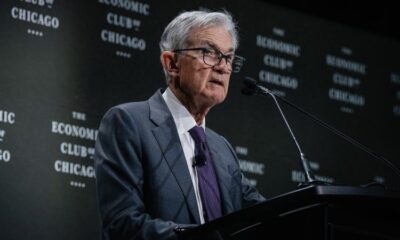
 Europe2 days ago
Europe2 days agoTrump blasts Fed Chair Powell, saying his ‘termination cannot come fast enough’
-

 Sports2 days ago
Sports2 days agoAaron Boupendza: 28-year-old former MLS player dies after falling from 11th floor balcony in China
-
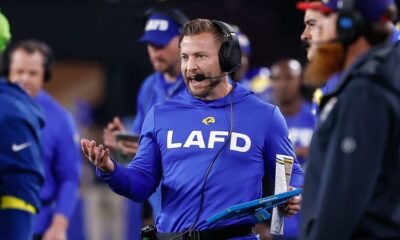
 Sports1 day ago
Sports1 day agoLos Angeles Rams honor first responders by conducting 2025 NFL Draft from Los Angeles Fire Department
-
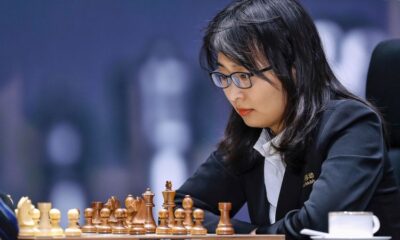
 Sports2 days ago
Sports2 days agoJu Wenjun: Chinese grandmaster makes history by winning fifth Women’s World Chess Championship
-

 Sports2 days ago
Sports2 days agoBarcelona player Mapi León banned for two matches after appearing to touch the groin of an opponent
-
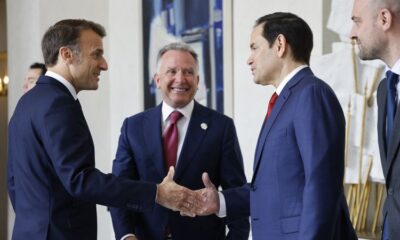
 Europe2 days ago
Europe2 days agoUS, Ukraine and European officials hold ‘excellent exchange’ in Paris, in highest level talks in weeks
-

 Europe2 days ago
Europe2 days agoEuropean Central Bank cuts interest rates as tariffs threaten the economy




